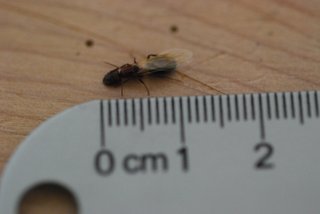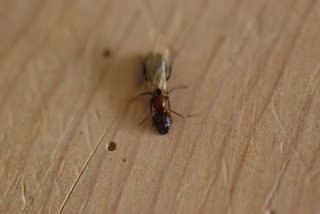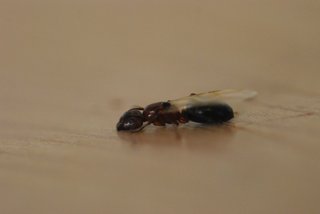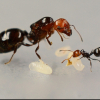This is the last topic to settle what species this ant is.



Edited by antboyidaho, May 20 2021 - 4:26 AM.

There is no need to keep posting new topics. Keeping the same subject on a single topic is always preferable.
Hi there! I went on a 6 month or so hiatus, in part due, and in part cause of the death of my colonies.
However, I went back to the Sierras, and restarted my collection, which is now as follows:
Aphaenogaster uinta, Camponotus vicinus, Camponotus modoc, Formica cf. aserva, Formica cf. micropthalma, Formica cf. manni, Formica subpolita, Formica cf. subaenescens, Lasius americanus, Manica invidia, Pogonomyrmex salinus, Pogonomyrmex sp. 1, Solenopsis validiuscula, & Solenopsis sp. 3 (new Sierra variant).
Ok thanks for the advice
Colonies:
One Formica Podzolica queen in a test tube setup.
I'm going to guess it is C. hyatti.
How do you know that is is not Camponotus Nearcticus? What are you going off of?
Colonies:
One Formica Podzolica queen in a test tube setup.
How do you know that is is not Camponotus Nearcticus? What are you going off of?
To be honest, mainly the coloring (though that is generally not the best way to identify species). C. hyatti are bicolored like the one shown, which leads me to believe it is that species. I believe NickAnter also mentioned them being more common in one of the other posts?
Ok thank you!
Colonies:
One Formica Podzolica queen in a test tube setup.
0 members, 1 guests, 0 anonymous users